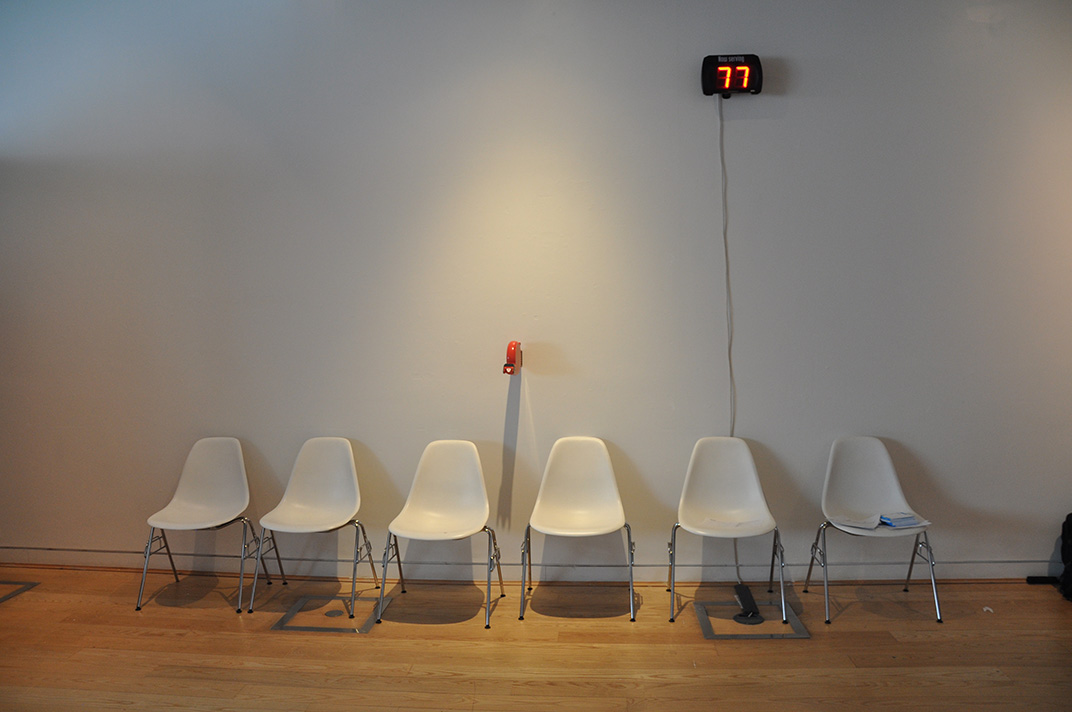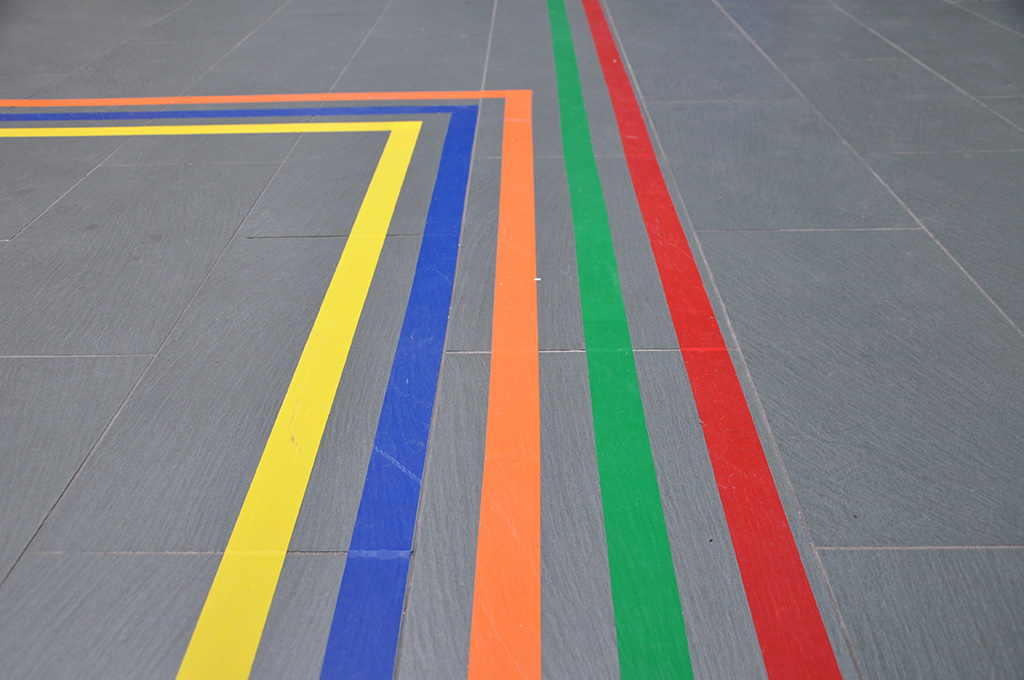
Out of the seventeen black A5 notebooks, I reach for one in particular: Conversations with doctors, geneticists, pathologists, and research nurses. My material. Sketches of conversations, filed in a notebook; contingent on the non-appearance of recording devices clipped to lapels and sat on tables. Field notes. After the event, on a train or tram or bus, I write everything I can remember. Transport notes. I look through the notebook and remember all of the work that preceded the conversations, behind the scenes — lists, itineraries, payments, emails, and scheduling.
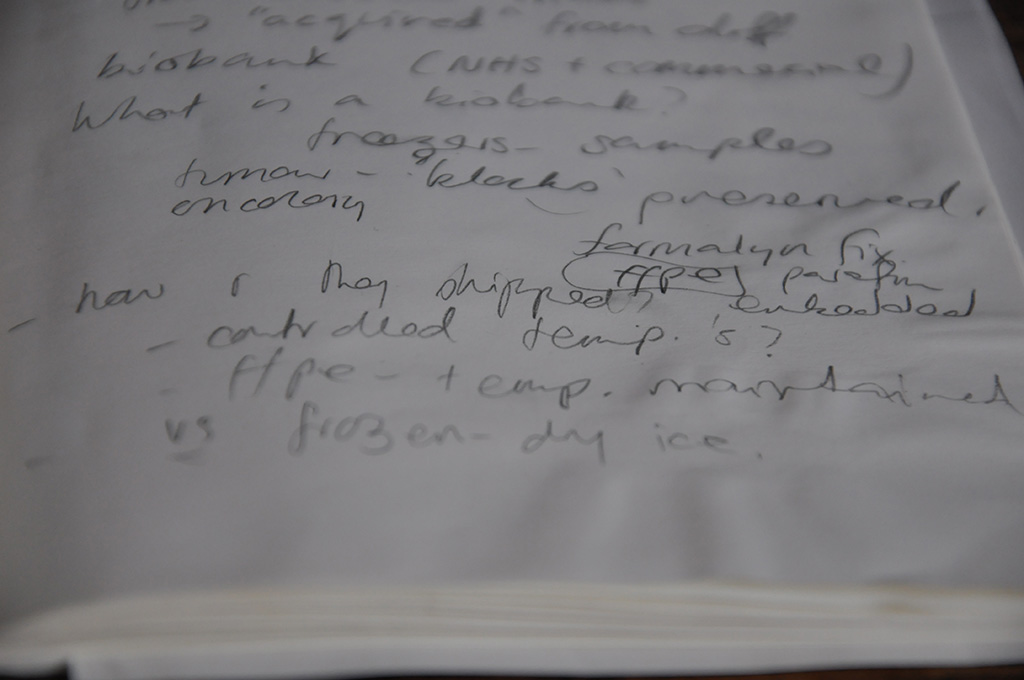
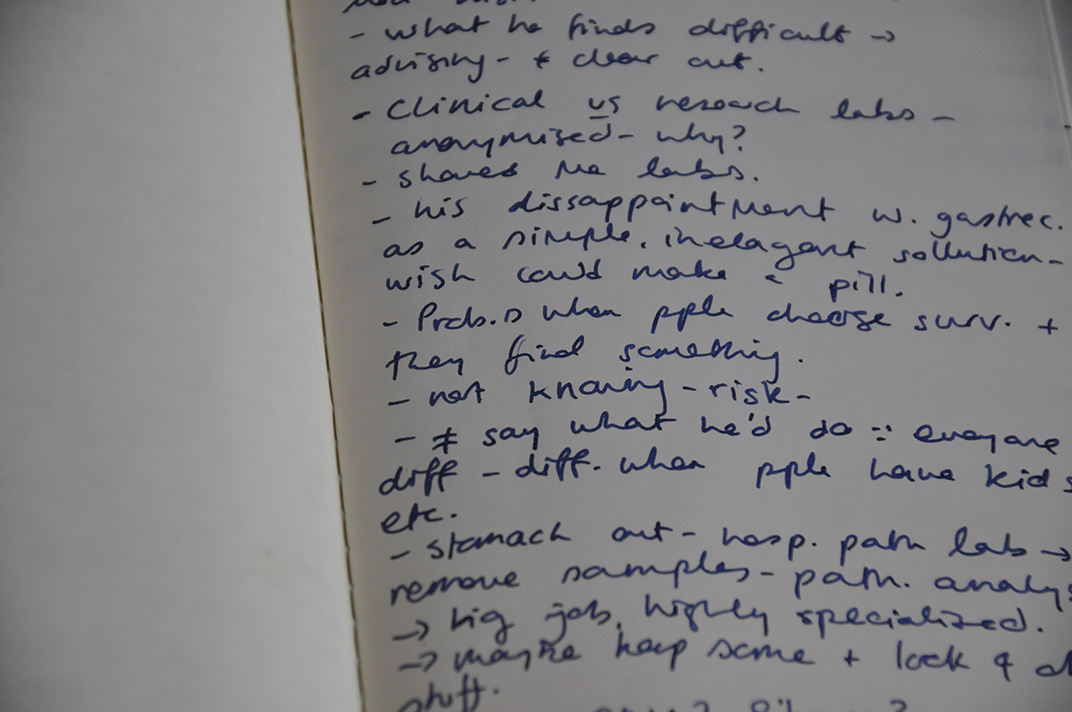
A telephone conversation from the bath to a friend who works in a lab leaves a watermark. Given that I already knew that you didn’t know what I was looking for, we were aimless. Aimlessness: a necessary condition for our conversation to proceed as it did. I relay how the geneticist told me that he felt he was failing in his quest for an elegant answer — the inelegance of a gastrectomy. I hadn’t thought like this before.
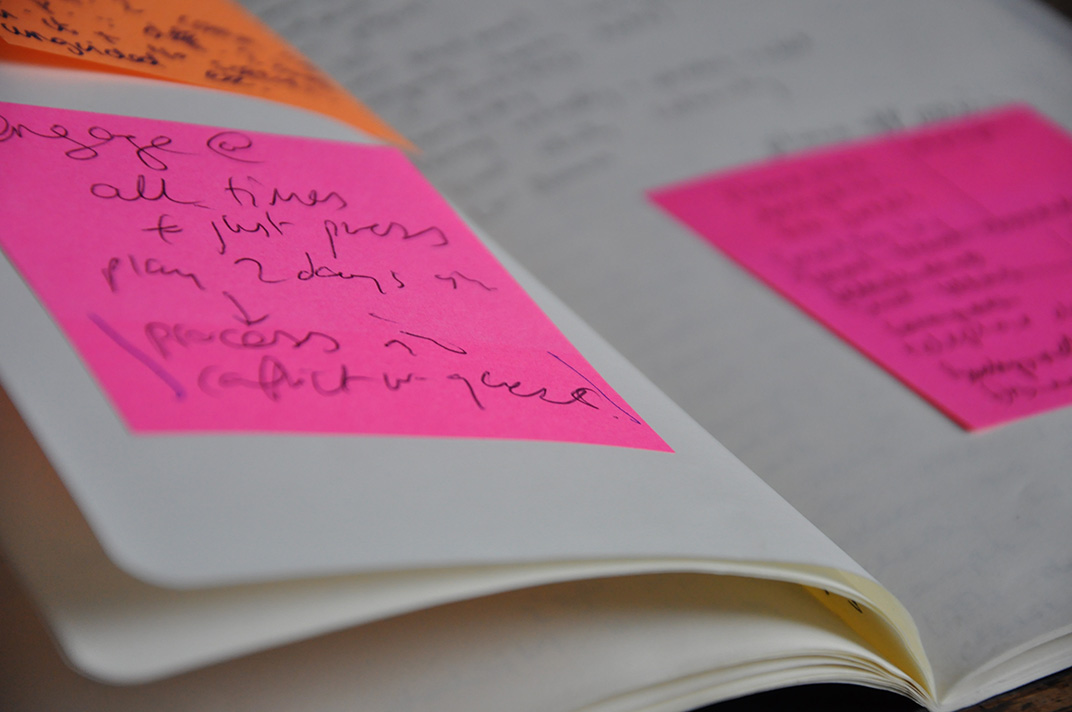
Next come handwritten notes on texts read. Under the heading Joseph Campbell: ‘the path of a hero is well trodden, you don’t have to think’. The third point is a Q&A: ‘why does the hero remain? It’s what’s worth writing about’. I comment: ‘And what’s worth doing?’ This is my quest notebook. What follows are lists of things to do in preparation for my quest to Porto to find my stomach.
A diary entry: Quest Day One: 29 March 2016 22:42 — Promising lists and disappointing realities. 7 April 2016 16:00 — Conversations with the pathologist.
I read notes about ideas for works. A few blank pages and the book ends.

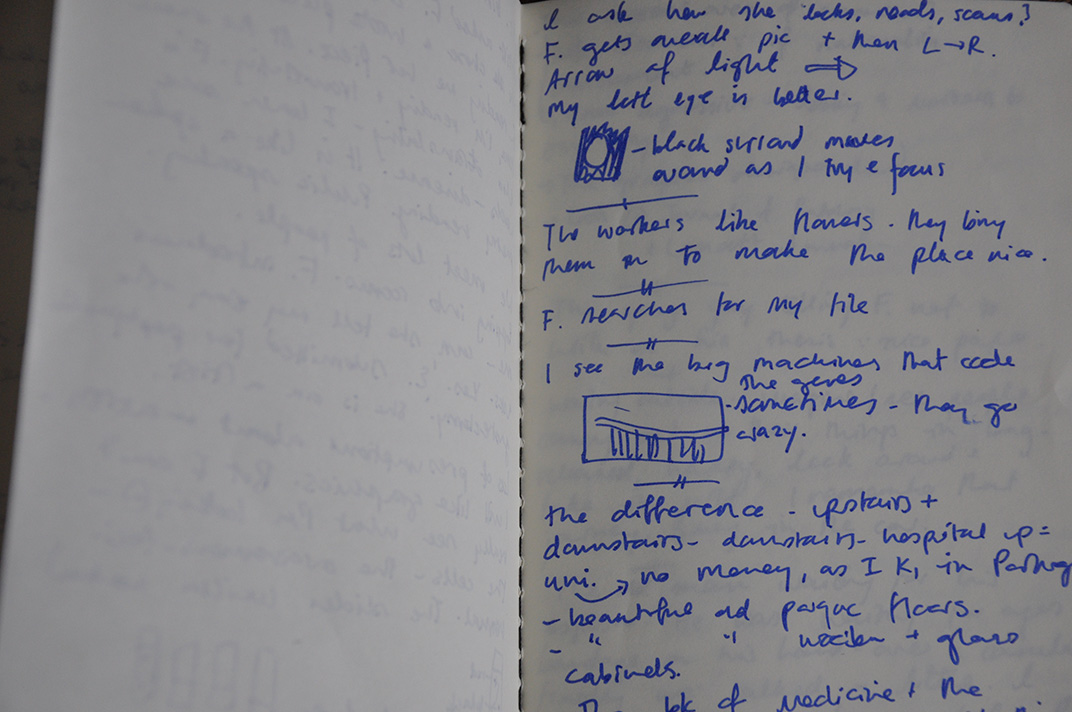

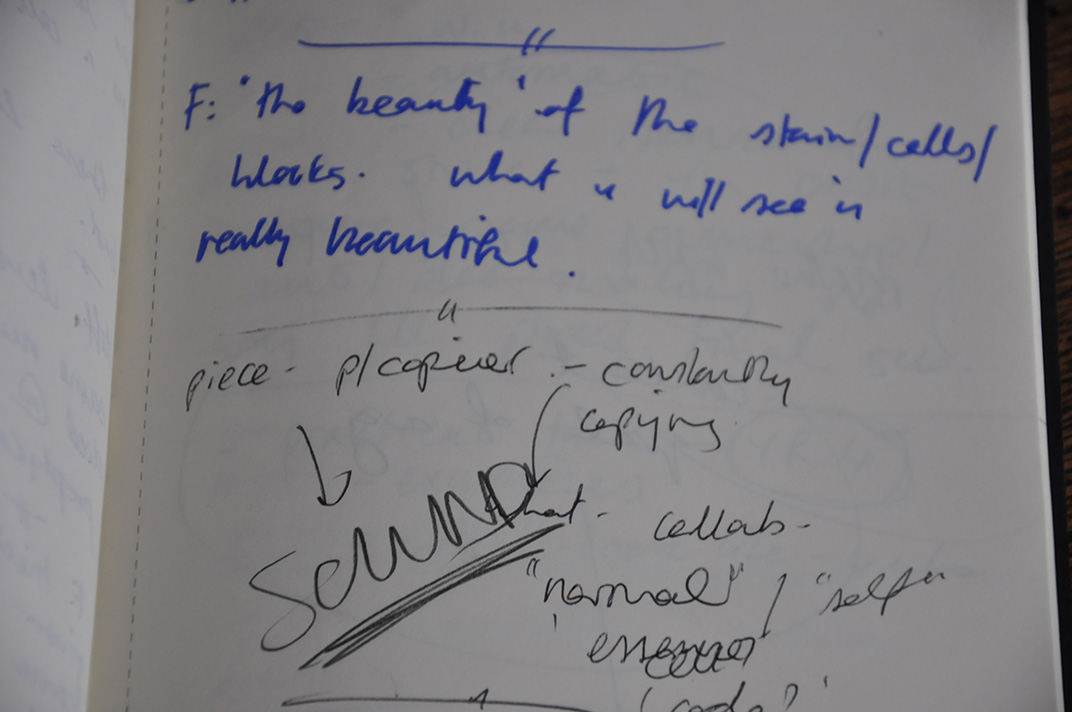
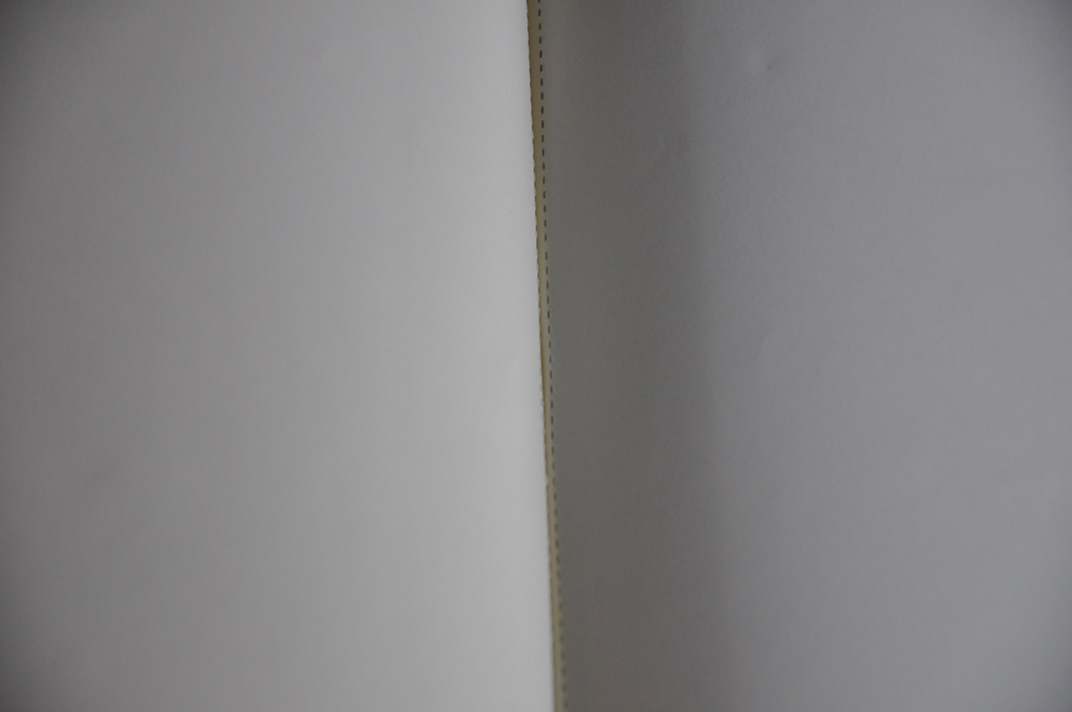
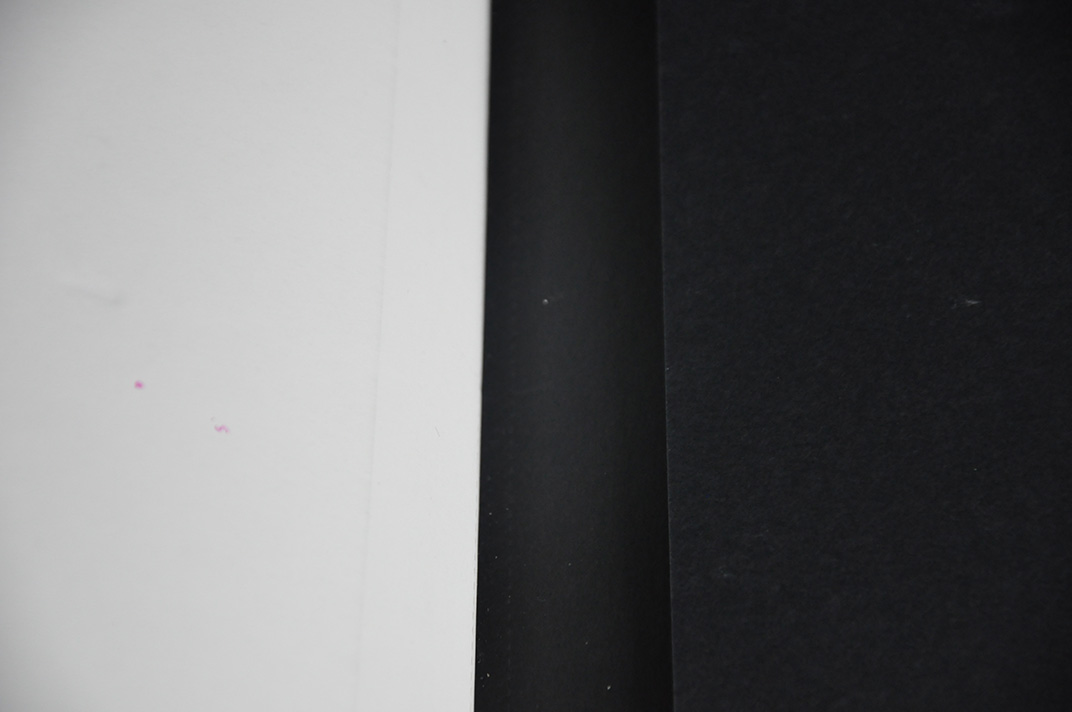
Traces, as Evidence That Conversation Happens.
Voice recordings and video footage, thanks to Joe and Michael, documenting the Testing, Testing symposium and dialogue about works in the exhibition. These recordings can become transcripts — see Rachel Taylor’s entry. Some exist previously as texts — See Susannah Gent’s entry. Out of the seventeen black A5 notebooks, I reach for one in particular: The hardback. On the first page are two efforts, in pencil, to draw an aeroplane.
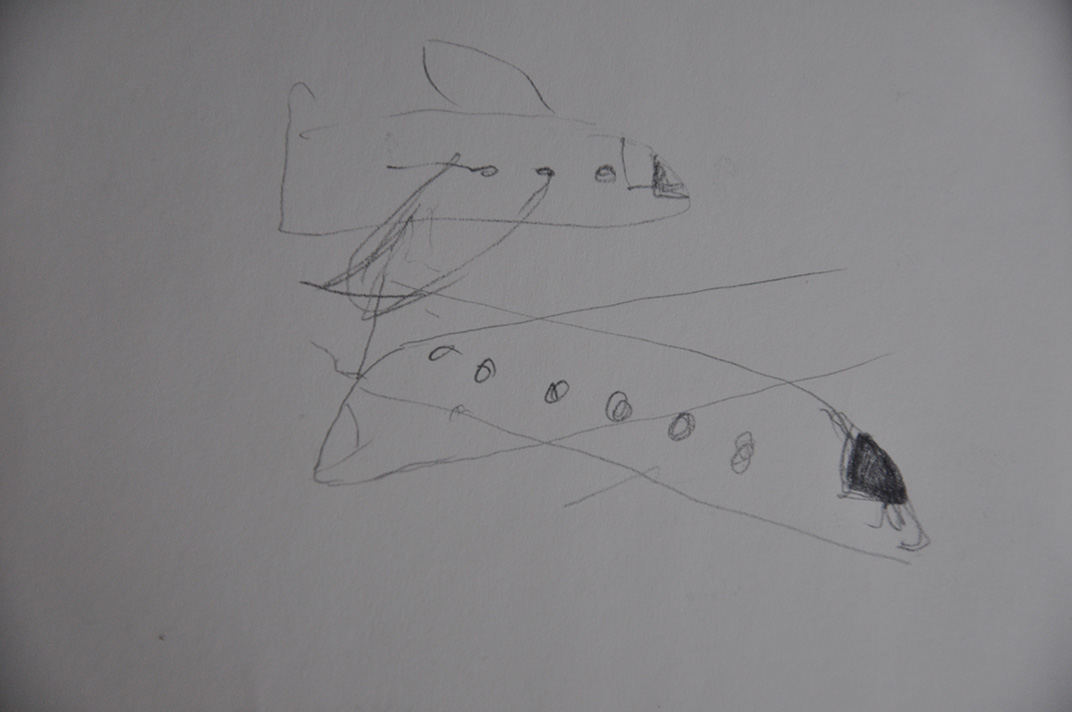
After pages of notes on various talks I’ve attended, I come to the pages relating to Testing, Testing.
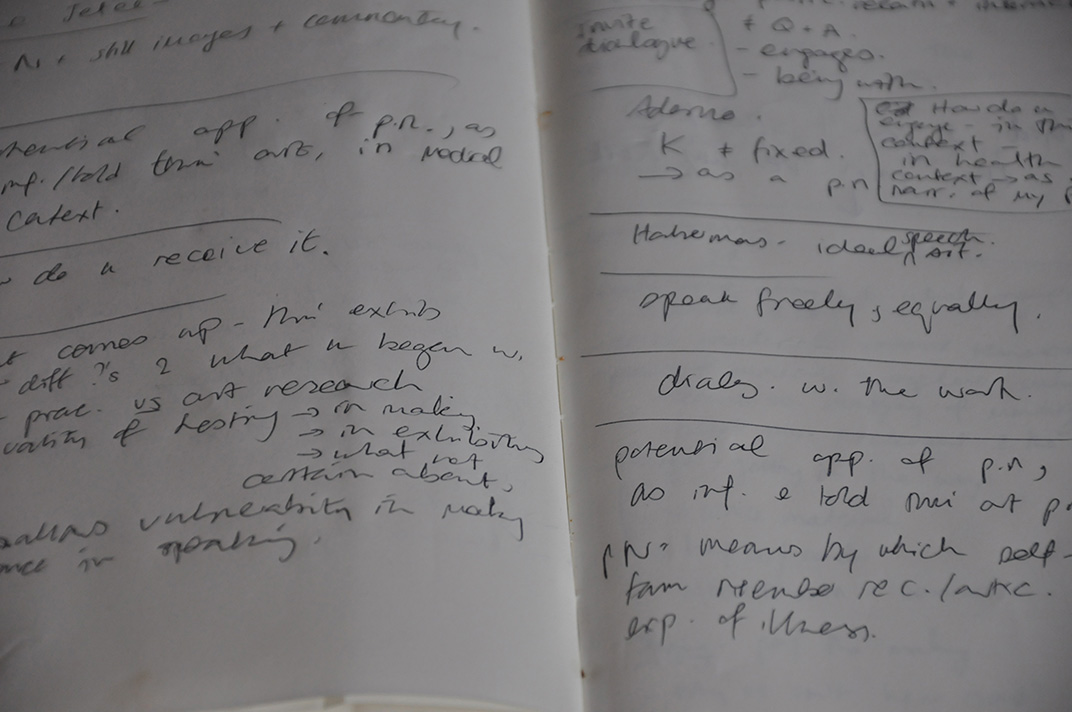
I, like other exhibiting artists, invited a crit of my work. This was scheduled to last twenty minutes and presented an opportunity to test my work with an audience.
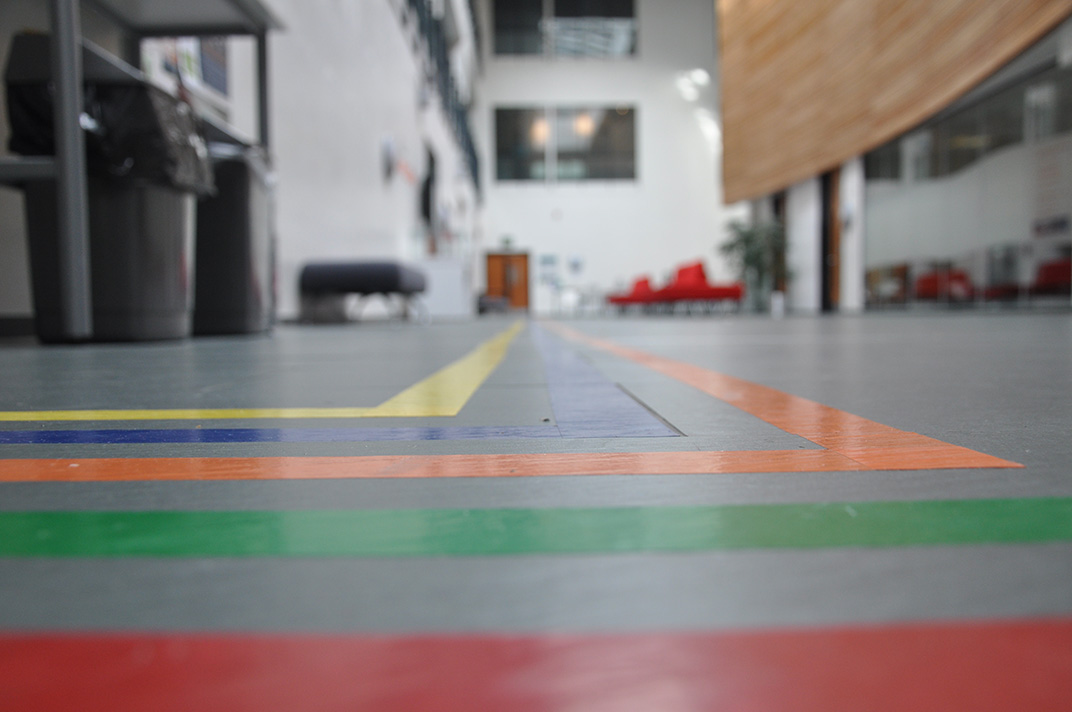
Although the format of a crit is absolutely adaptable it often takes a form where the artist speaks very little and the audience share and discuss their thoughts about the work.
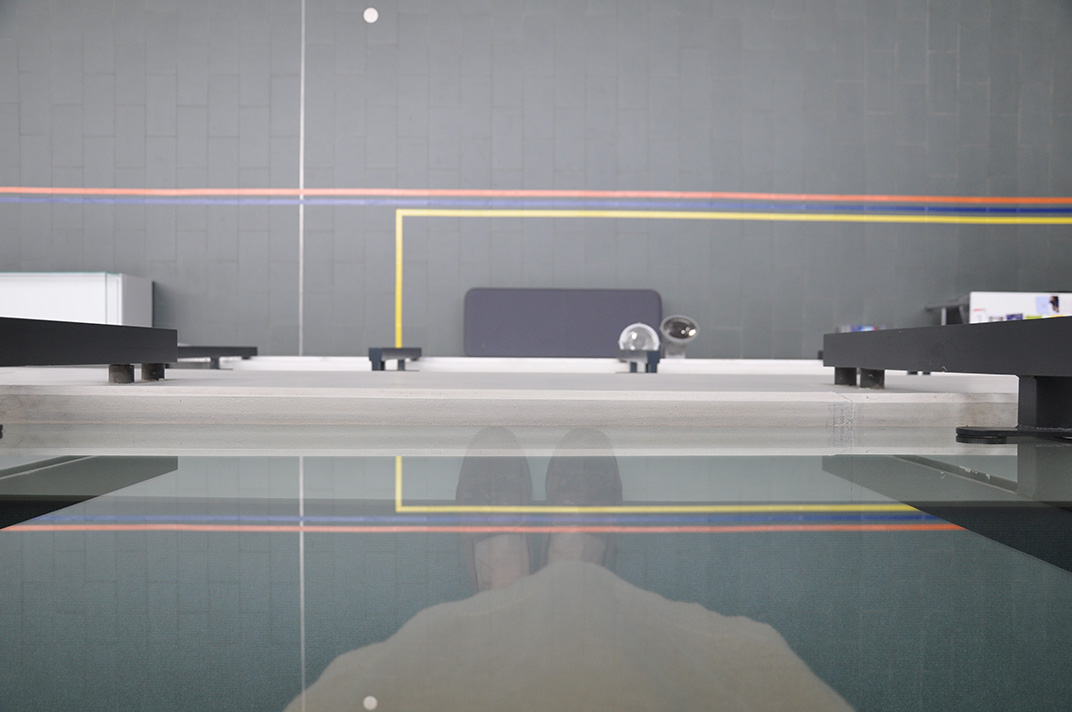
I didn’t want to speak; I wanted the audience to respond to the work. In educational art institutions, the crit is a common format for discussing work.
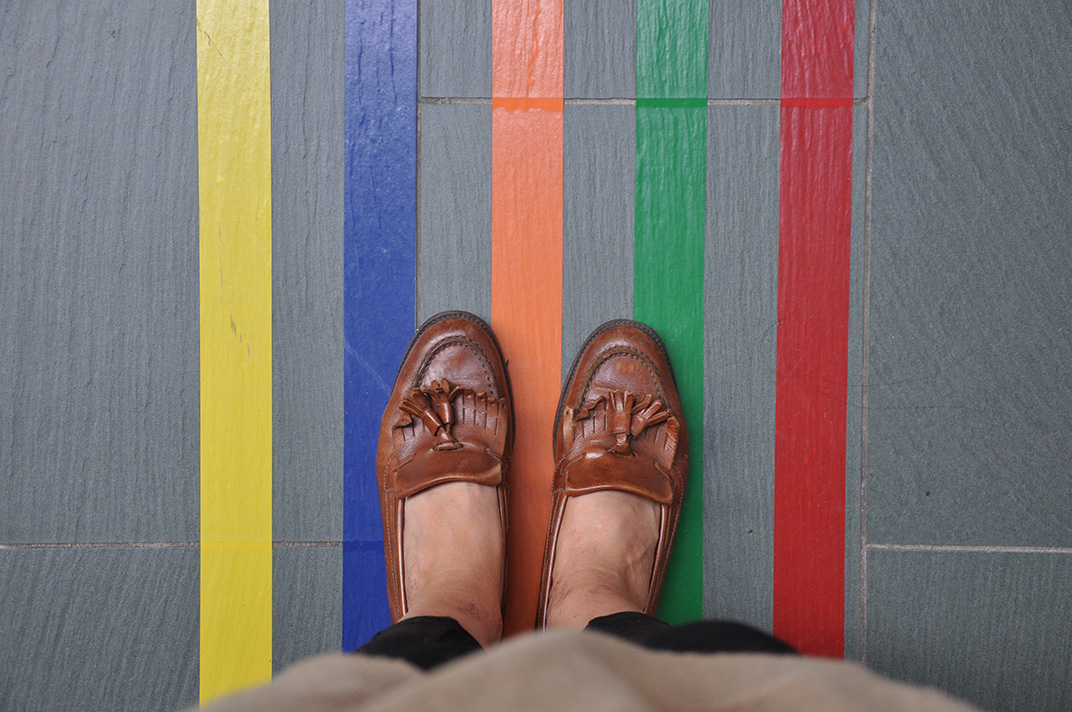
Talk of time, institutional languages, and the management of people, embodied power relations, absurdity, deadendedness, and frustration. A Kafkaesque quality: one institutional language within another. A promise and denial of direction. Mostly though, curiosity about why I didn’t speak — I see this is another mixed up institutional expectation. Hard to escape, really.
